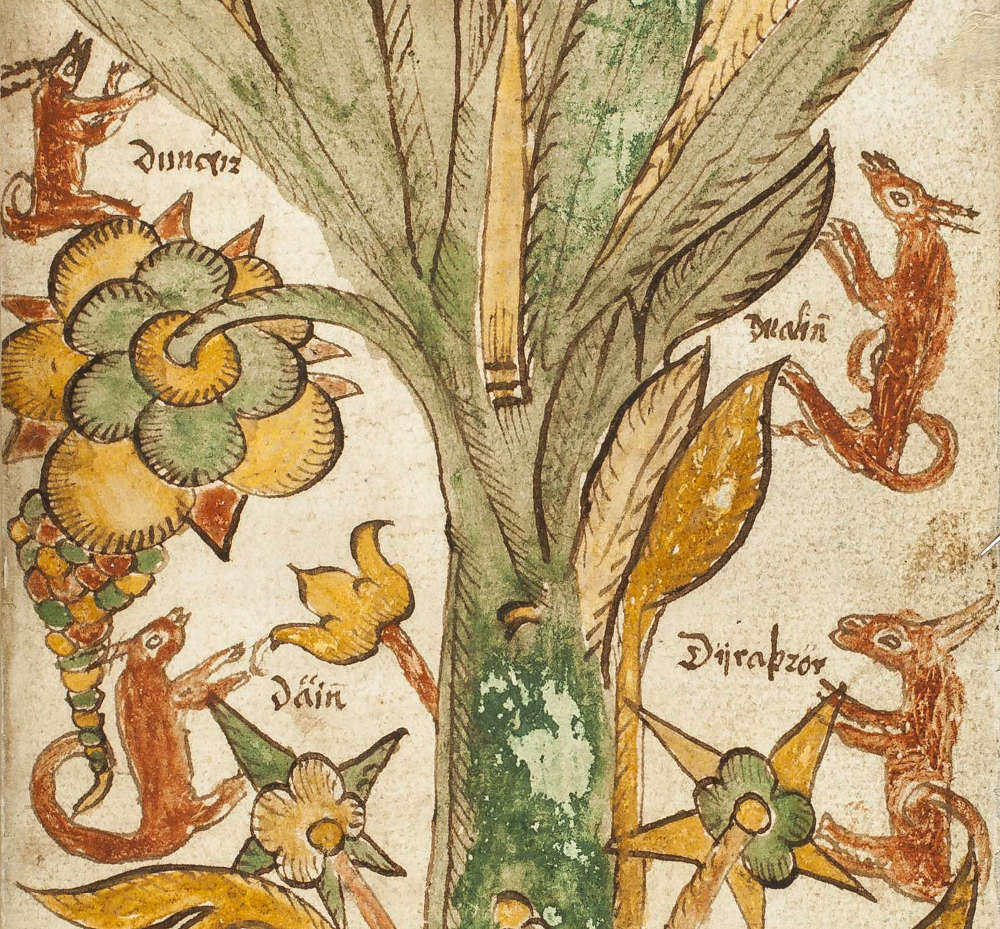
Dáinn, Dvalinn, Duneyrr et Duraþrór
Four other deer then leap between the branches, eating the leaves: Dáinn, Dvalinn, Duneyrr and Duraþrór. Dáinn, Dvalinn, Duneyrr and Duraþrór. Without Yggdrasil there would be no cosmic order, for this, on top of the tree stands an unnamed eagle, who is wise and has knowledge of many things.
A set of three woven curtains depicting Norse mythology of the four deer (Dáinn, Dvalinn, Duneyrr an
In Norse mythology, four stags or harts (male red deer) eat among the branches of the World Tree Yggdrasill. According to the Poetic Edda, the stags crane their necks upward to chomp at the branches. Their names are given as Dáinn, Dvalinn, Duneyrr and Duraþrór. An amount of speculation exists regarding the deer and their potential symbolic.

Dáinn, Dvalinn, Duneyrr y Duraþrór Esfera Mística
Cepheus, Lyra and Perseus. In Norse mythology, Dáinn, Dvalinn, Duneyrr and Duraþrór are four stags that eat among the branches of the World Tree Yggdrasill. Richard Denning identified three of them in the northern skies: Dáinn: The bright star Vega is its eye, and the four Lyra stars form its antler. Dvalinn: Much of the constellation Cepheus with the Polaris being its rear foot.
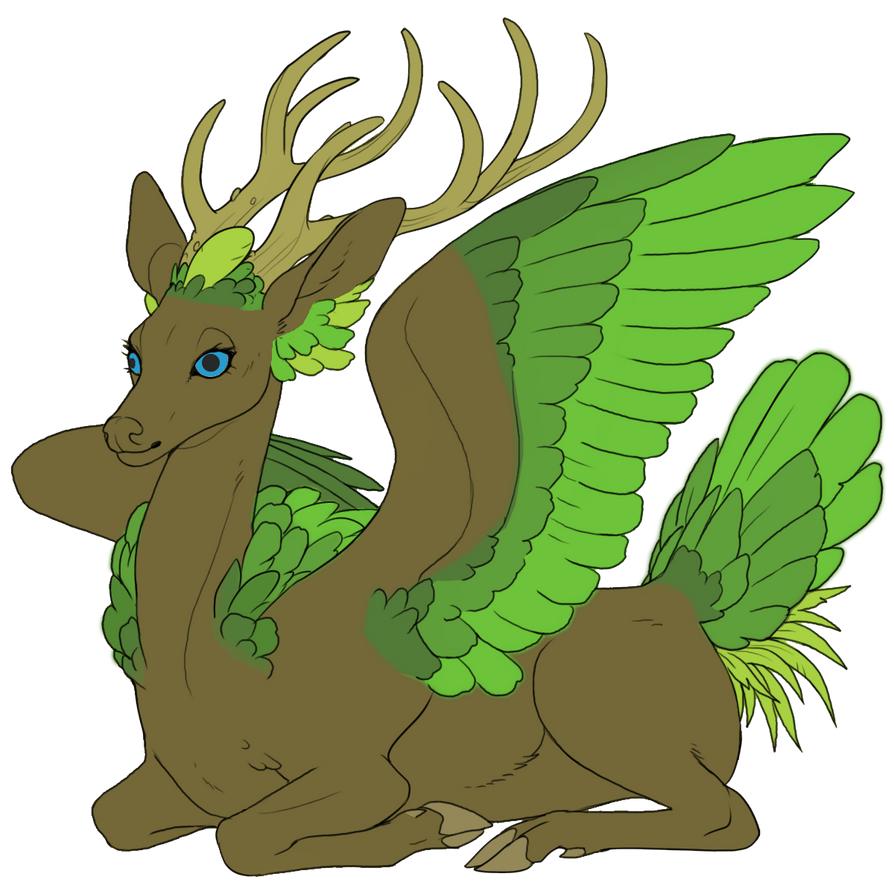
Peryton Contest Dvalinn by gaurwaith89 on DeviantArt
Throughout the ordeal, Eliezer and his father help each other to survive by means of mutual support and concern. In Buchenwald, however, Eliezer's father dies of dysentery and physical abuse. Eliezer survives, an empty shell of a man until April 11, 1945, the day that the American army liberates the camp. A short summary of Elie Wiesel's Night.

VIKINGOS
About: Dáinn, Dvalinn, Duneyrr and Duraþrór. In Norse mythology, four stags or harts (male red deer) eat among the branches of the World Tree Yggdrasill. According to the Poetic Edda, the stags crane their necks upward to chomp at the branches. The morning dew gathers in their horns and forms the rivers of the world.

Cerf Mythologie Nordique Les 16 meilleures images du tableau avant bras sur
Media in category "Dáinn, Dvalinn, Duneyrr and Duraþrór". The following 4 files are in this category, out of 4 total. Norns (1832) from Die Helden und Götter des Nordens, oder Das Buch der sagen.jpg 881 × 728; 459 KB. The Sacrifice of Odin by Frølich (vector).svg 401 × 810; 566 KB. The Sacrifice of Odin by Frølich.jpg 538 × 1,088; 508 KB.

Dvalinn The hobbit, Lotr art, Concept art world
According to the Poetic Edda, the stags crane their necks upward to chomp at the branches. The morning dew gathers in their horns and forms the rivers of the world. Their names are given as Dáinn, Dvalinn, Duneyrr and Duraþrór. An amount of speculation exists regarding the deer and their potential symbolic value.

The white stag in Celtic myth is a sign that the other world is near. Early Winter Pinterest
Dáinn Dvalinn Duneyrr and Duraþrór are mentioned in the poetic Edda as a group of stags that graze on the leafs of Yggdrasill, as dew collects on their antlers it forms all the rivers of the world. They are often venerated alongside the other animals that live on the world tree such as Ratatoskr and Níđhöggr.
A set of three woven curtains depicting Norse mythology of the four deer (Dáinn, Dvalinn, Duneyrr an
Duneyrr, Dvalinn, Dáinn, and Duraþrór. Duneyrr, Dvalinn, Dáinn, and Duraþrór were four stags who ate the tree's leaves. Veðrfölnir. Veðrfölnir was a hawk perched between an unknown eagle's eyes that sat high up in the tree. Ratatoskr. The squirrel Ratatoskr (or Ratatosk) ran errands between Níðhöggr and the eagle. Yggdrasil Symbol

Norse Mythology Creatures The Four Stags Odin's Insight
en.wikipedia.org

O portal da cultura nórdica Dainn, Dvalinn Duneyrr e Duraþrór
Four stags named Dáinn, Dvalinn, Duneyrr, and Duraþrór run between the branches of Yggdrasil and consume its foliage. In the spring Hvergelmir are so many snakes along with Níðhöggr "that no tongue can enumerate them". Two stanzas from Grímnismál are then cited in support. High continues that the norns that live by the holy well.
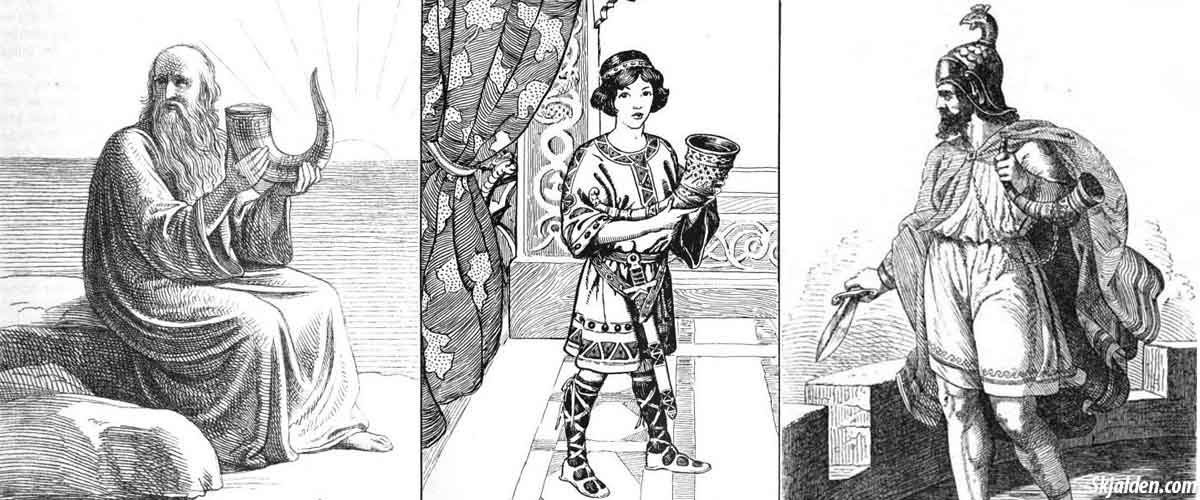
Yggdrasil The World Tree Norse Mythology All the Facts
Dáinn, Dvalinn, Duneyrr and Duraþrór; Dísir; Dökkálfar; Dwarves; Jötnar; Ljósálfar; Ratatoskr; Sleipnir; Svaðilfari; The Rår; Trǫlls; Valkyries; Valkyrie by Peter Nicolai Arbo Mighty Monstrosities. The monsters of Norse stories are downright frightening things. From the chilling undead to literal dragons, many monsters could chill.

Thread by AgastyaBneal, Origin of the Ackermann A Thread. ackerman mikasa Levi kenny snk
Dáinn, Dvalinn, Duneyrr and Duraþrór. This drawing made by a 17th-century Icelander shows the four stags on the World Tree. Neither deer nor ash trees are native to Iceland. In Norse mythology, four stags or harts (male red deer) eat among the branches of the World Tree Yggdrasil. According to the Poetic Edda, the stags crane their necks.
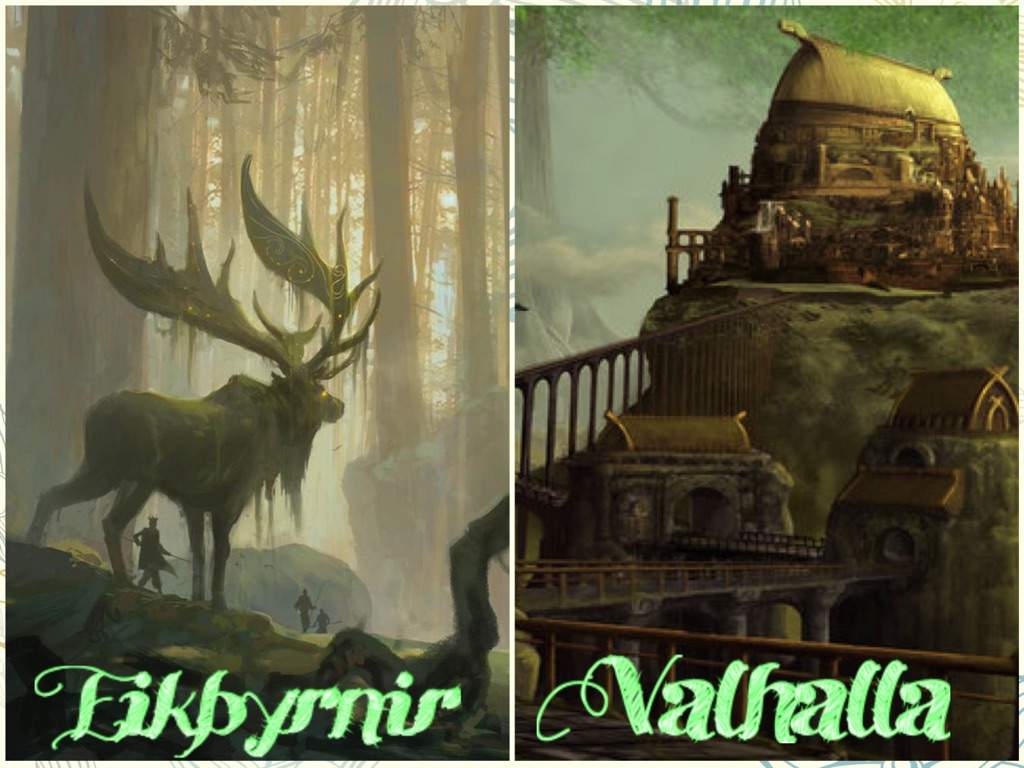
The Origin of Xerneas Pokémon Amino
In Norse mythology, four stags or harts (male red deer) eat among the branches of the World Tree Yggdrasill.According to the Poetic Edda, the stags crane their necks upward to chomp at the branches.The morning dew gathers in their horns and forms the rivers of the world. Their names are given as Dáinn, Dvalinn, Duneyrr and Duraþrór.An amount of speculation exists regarding the deer and.
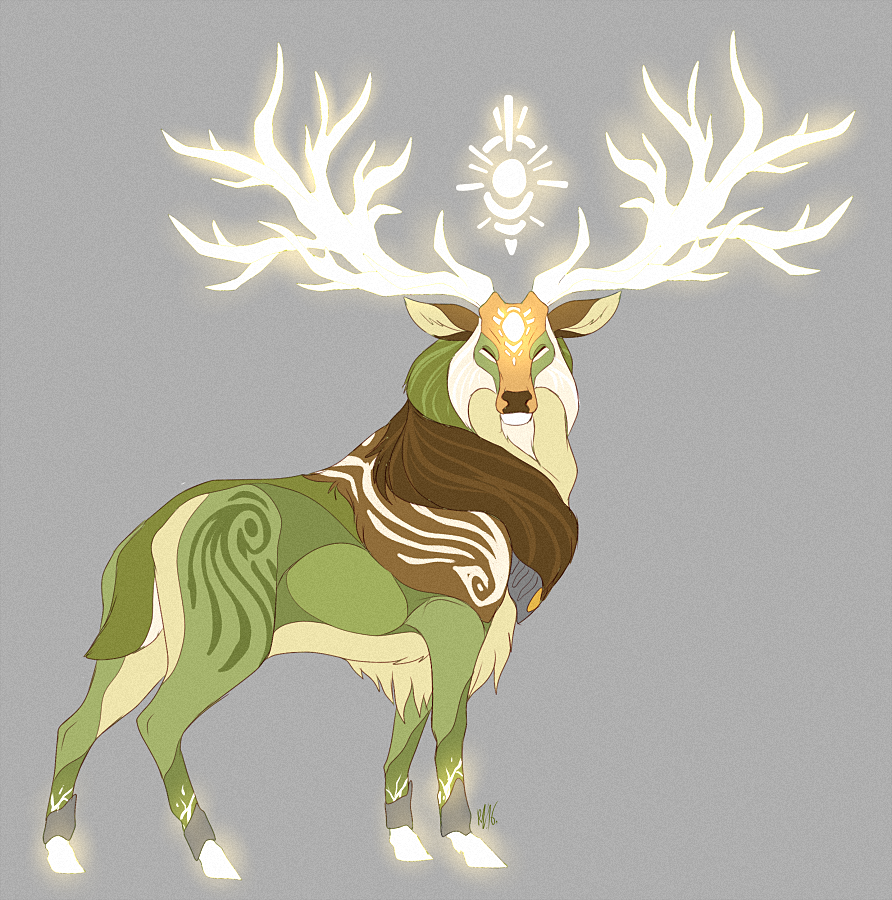
Dvalimon by hornedfreak Fur Affinity [dot] net
Dáinn, Dvalinn, Duneyrr and Duraþrór, the four stags of Yggdrasil, 17th century Ratatoskr delivers messages from Nidhogg to Hraesvelgr, 17th century. Such were the ideas and beliefs of the ancient Norse people, gleamed from various sagas written long ago during that dark age. Strange as they are, the ideas of an upper world, mid world, and.
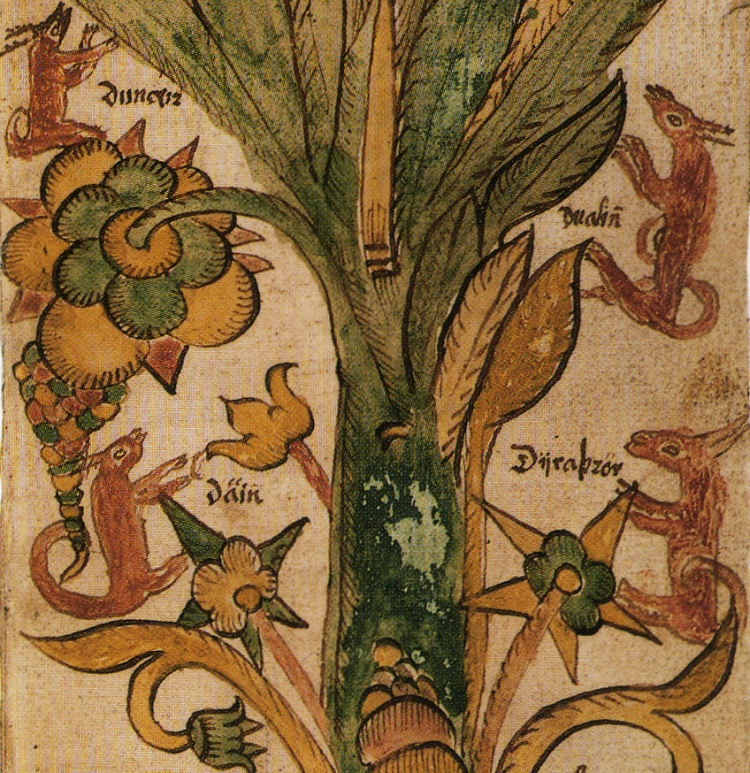
Dáinn, Dvalinn, Duneyrr and Duraþrór Myth and Folklore Wiki Fandom
In Norse mythology, four stags or harts (male red deer) eat among the branches of the World Tree Yggdrasill. According to the Poetic Edda, the stags crane their necks upward to chomp at the branches. Their names are given as Dáinn, Dvalinn, Duneyrr and Duraþrór. An amount of speculation exists regarding the deer and their potential symbolic value. The poem Grímnismál, a part of the Poetic.